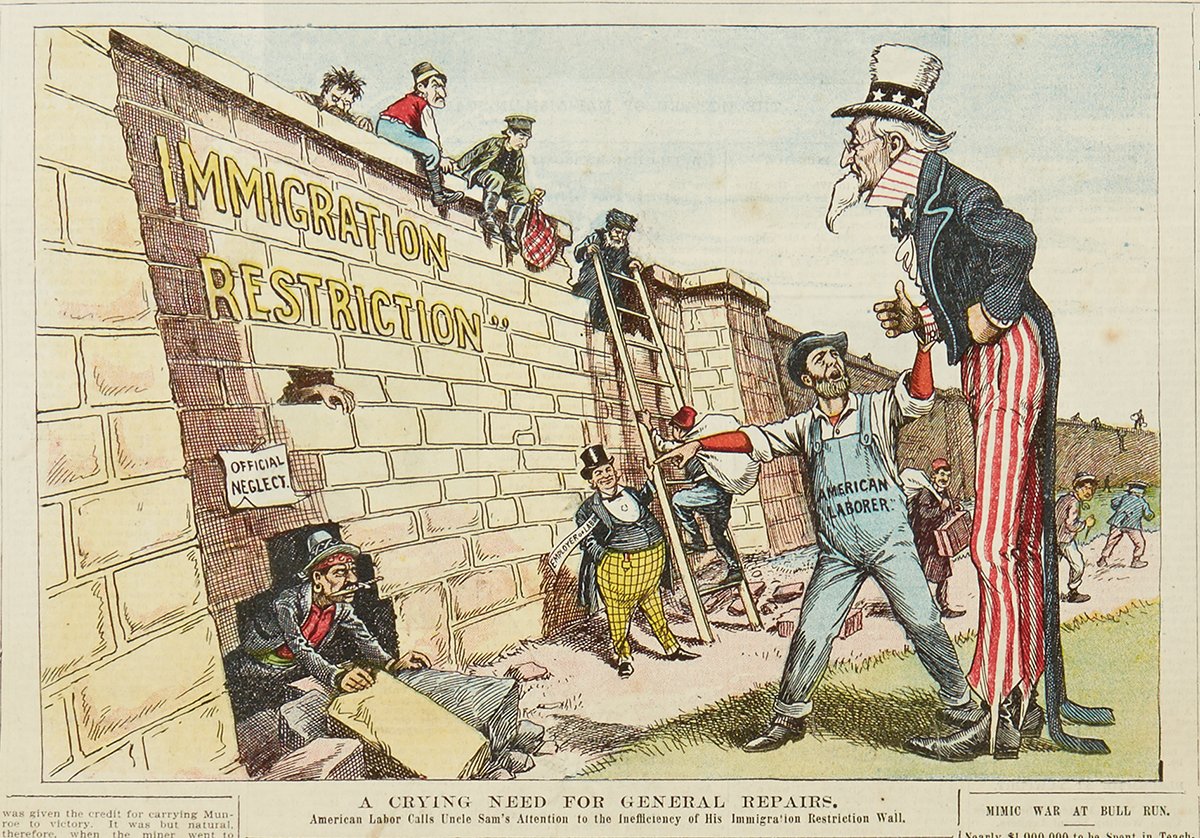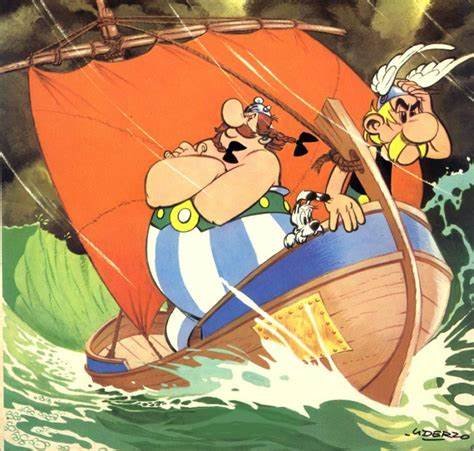Political cartoons have long played a crucial role in shaping public opinion and influencing political discourse. These artists use satire, humor, and caricature to comment on societal issues, often challenging authority and holding powerful figures accountable. Some political cartoonists have become icons in their own right, leaving an indelible mark on history. Let’s take a look at a few of the most influential political cartoonists and their impact on history.
1. Thomas Nast (1840–1902)
Thomas Nast is often regarded as the father of American political cartoons. His work in the 19th century brought political issues to the forefront of American society and had a profound influence on political change.
- Key Contributions: Nast’s most famous work includes his caricatures of the corrupt Tammany Hall political machine in New York City. He used his cartoons to expose the rampant corruption of political boss William “Boss” Tweed, leading to Tweed’s downfall.
- Iconic Symbols: Nast also created the modern-day image of Santa Claus and popularized the political symbols of the Republican elephant and the Democratic donkey.
- Impact: Nast’s work in exposing corruption was instrumental in reform movements, and his cartoons became a force for social and political change in America.
2. James Gillray (1756–1815)
James Gillray was one of the earliest and most influential British satirical cartoonists. His work in the late 18th and early 19th centuries helped establish political cartooning as an art form.
- Key Contributions: Gillray’s satirical depictions of British politicians, including King George III and Napoleon Bonaparte, were known for their biting humor and exaggeration. He often used cartoons to criticize the monarchy, politics, and society.
- Iconic Cartoons: Gillray’s cartoons were known for their scathing depictions of political leaders. His caricature of King George III’s supposed madness was widely influential during the king’s mental health crisis.
- Impact: Gillray’s work helped popularize political cartooning in Britain, influencing the way political issues were discussed in both the press and public discourse.
3. Herb Block (1909–2001)
Herb Block, also known as “Herb,” was an influential American political cartoonist whose work spanned much of the 20th century. His cartoons addressed some of the most important political events of the time.
- Key Contributions: Block’s cartoons tackled issues like McCarthyism, the Civil Rights Movement, and the Vietnam War. He is perhaps best known for his critical commentary on the policies of U.S. Presidents, particularly Richard Nixon.
- Iconic Cartoons: His cartoons often highlighted social issues, such as the abuse of power by politicians and the military-industrial complex. Block’s depiction of the Watergate scandal and Nixon’s resignation was pivotal in shaping public opinion on the matter.
- Impact: Block’s cartoons were instrumental in fostering political change and raising awareness about the dangers of government overreach, making him one of the most respected political cartoonists in U.S. history.

4. Daumier (1808–1879)
Honoré Daumier was a French caricaturist and political cartoonist, widely regarded as one of the most important figures in the history of political art. His work primarily focused on the political and social issues of France during the 19th century.
- Key Contributions: Daumier’s cartoons often depicted French politicians, including King Louis-Philippe, in unflattering light. His work criticized government corruption, social inequality, and the judicial system.
- Iconic Cartoons: One of Daumier’s most famous works is the caricature of King Louis-Philippe as a pear, which became so popular that the monarch had Daumier imprisoned for insulting the crown.
- Impact: Daumier’s cartoons were vital in the development of political art in France and helped to challenge the political establishment during a time of significant upheaval. His work was instrumental in highlighting issues of social injustice.
5. Steve Bell (1949–Present)
Steve Bell is a British political cartoonist known for his bold and often controversial cartoons. His work addresses major political events and personalities, both in the UK and around the world.
- Key Contributions: Bell’s cartoons focus on critiquing politicians and global leaders, often using dark humor and sharp wit. He has been particularly critical of British political figures like Margaret Thatcher and Tony Blair, as well as global events like the Iraq War.
- Iconic Cartoons: Bell’s caricatures of political leaders, especially his depictions of former Prime Minister Tony Blair, are highly regarded. His work is known for its biting commentary and unapologetic political stance.
- Impact: Bell’s cartoons continue to be a powerful form of political critique, often holding politicians accountable and forcing readers to engage with current events in new ways.
6. Joe Sacco (1960–Present)
Joe Sacco is a Maltese-American cartoonist known for his innovative use of the comic book format to cover complex political and social issues. Unlike traditional political cartoons, Sacco’s work often involves in-depth journalism and reportage.
- Key Contributions: Sacco is best known for his graphic novels “Palestine” and “Footnotes in Gaza,” which provide detailed accounts of life in war-torn regions of the Middle East.
- Iconic Works: Sacco’s “Palestine” is widely regarded as one of the best examples of how comics can be used to tell complex political stories. His works combine visual art with investigative journalism, creating a unique way of exploring difficult political issues.
- Impact: Sacco’s work has expanded the role of political cartoons, proving that the medium can be used for serious journalism, providing a voice for people in conflict zones and bringing international attention to often-overlooked issues.
7. Pat Oliphant (1935–2023)
Pat Oliphant was an American political cartoonist whose sharp wit and bold style made him one of the most prominent cartoonists in the U.S. for over five decades.
- Key Contributions: Oliphant’s cartoons frequently critiqued U.S. foreign policy, as well as domestic political issues. His commentary on the Vietnam War, Watergate scandal, and later, the Gulf War, made him a household name.
- Iconic Cartoons: His cartoons often portrayed U.S. presidents, political figures, and global leaders in a satirical and sometimes exaggerated manner, making his work both humorous and insightful.
- Impact: Oliphant’s work is known for its fearless critique of power and authority, and his cartoons played a crucial role in shaping public opinion on important issues of the 20th century.
8. Ralph Steadman (1936–Present)
Ralph Steadman is a British illustrator and political cartoonist who is known for his distinctive, often chaotic, and highly detailed illustrations.
- Key Contributions: Steadman became famous for his collaboration with American writer Hunter S. Thompson, particularly through the illustrations for Thompson’s work, “Fear and Loathing in Las Vegas.” His cartoons have often been a fierce critique of American politics and social issues.
- Iconic Works: Steadman’s work often features wild, distorted figures, reflecting the chaotic nature of politics. His illustrations are famous for their frenetic energy and dark humor.
- Impact: Steadman’s work has had a lasting influence on both political cartoons and illustration, making a significant contribution to the genre’s evolution.
Conclusion
Political cartoonists have played a pivotal role in shaping public discourse throughout history. From the sharp critiques of Thomas Nast and James Gillray to the modern, investigative journalism of Joe Sacco, these artists use humor and satire to challenge authority, expose corruption, and bring attention to important issues. Their work has influenced movements, inspired change, and left a lasting impact on the way we perceive politics and society.











